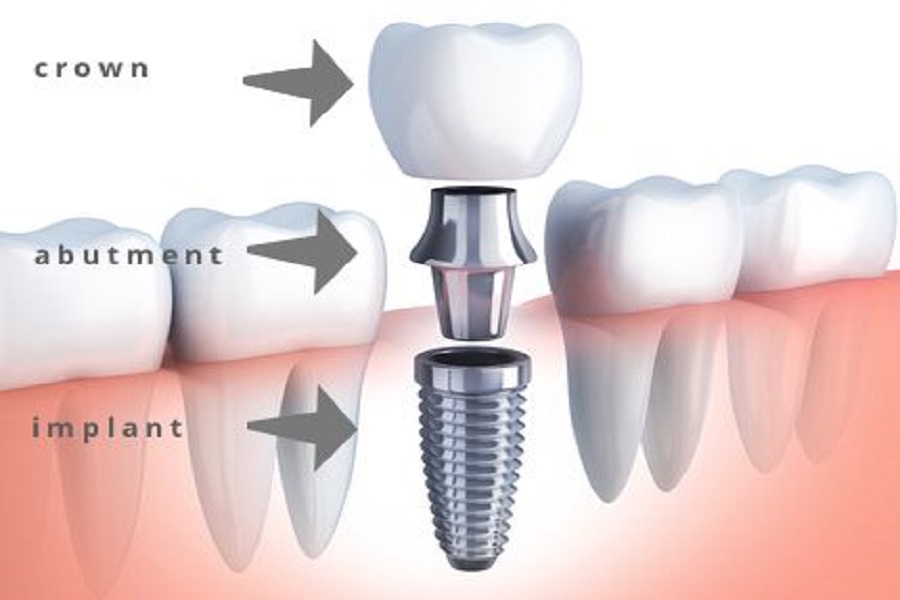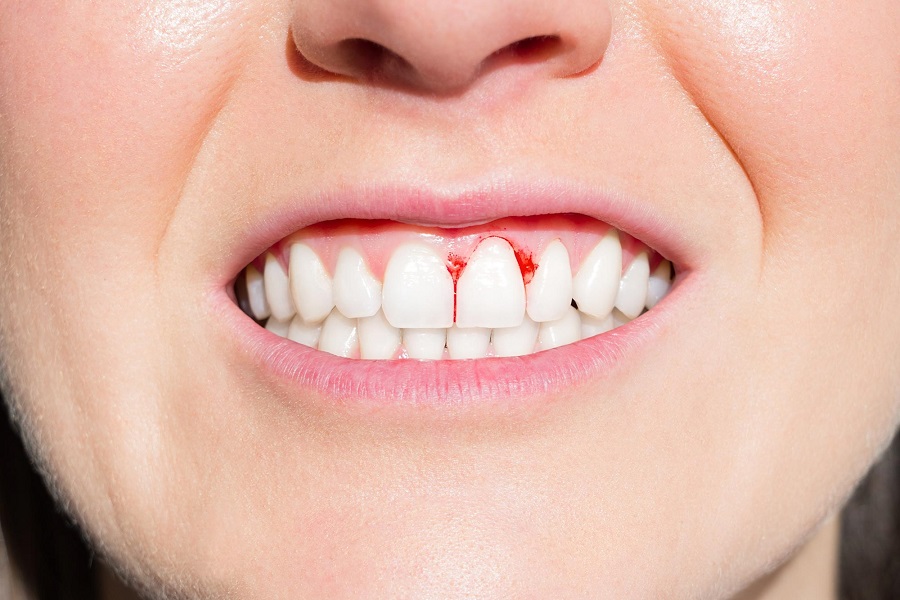ITI Implant System The ITI system was created in the early 1970s by the Department of Conservation Dentistry at the University of Bonn, Switzerland, and the privately owned Straumann Institute in Waldenbau, Switzerland. Since 1974, the system has been successfully used and a large amount of clinical documentation has been accumulated. ITI can be said to be a representative of the non-physical implant type two-stage implant system, which is exposed to the oral cavity and heals in a non-covered state after one-stage surgery. No second-stage surgery is required, and the abutment can be directly attached to the abutment to complete the repair after the osseointegration is completed. Machined grade 4 titanium. Made of commercially pure titanium (grade 4 ISO5832/1). Oxygen and iron are increased compared to ~3 grade titanium. Its mechanical properties are improved. Increased bone contact area due to the presence of titanium plasma coating (TPS). The surface of all ITI implants has a titanium slurry plasma coating with microscopic pores, the surface roughness of the engraved coating is 20m, and the thickness is about 20-30m. The coating increases the surface area and the percentage of osseointegration, and significantly increases its resistance to dislocation. Smooth machined neck. The transgingival neck of ITI is cup-shaped and has a smooth machined surface, which the designer believes is beneficial for the attachment of the soft tissue of the neck and the prevention of infection of the periodontal soft tissue. Precise and standardized preparation of the implant position achieves initial stability. After application, we also realized that the precise design of the system for bone preparation can achieve better initial stability. Easier and more reliable than other implant systems.
Advertisements
ITI Implant System
Advertisements
Related Posts
Popular Articles
Are Wisdom Teeth Removal Covered By Dental Insurance?
Wisdom teeth, or third molars, are the last set of teeth to emerge in the mouth, typically appearing between the...
Latest Posts
Tags
alveolar bone bad breath black teeth bleeding gums cold light whitening crooked teeth cure dental care dental implant dental implants Dental Insurance dentures discolored teeth disease gingivitis Gum Disease misaligned teeth oral disease orthodontic orthodontic care orthodontics orthodontic treatment periodontal disease periodontitis permanent teeth porcelain teeth teeth teeth cleaning teeth white teeth whitening teeth whitening methods Teeth Whitening Strips tooth tooth decay tooth extraction tooth filling ultrasonic cleaning underbite whitening whitening toothpaste white teeth wisdom teeth wisdom teeth extraction wisdom tooth yellow teeth

Panda Oral – oral and dental health consultants around you, providing orthodontic, tooth whitening, dental implants, scaling, filling, extraction, dental implants, dental caries, wisdom teeth, bad breath, bleeding gums, oral ulcers, periodontal disease for patients with dental diseases It can help you solve oral problems easily.【Contact us: [email protected]】
Recent News
- How is Cavity Formed in Teeth 04/19/2025
- 14 Way to Stop Cavities from Getting Worse 04/19/2025
- 10 Solid Foods You Can Eat After Wisdom Tooth Extraction 04/19/2025
Copyright © 2023 PANDA ORAL - Oral_Oral health_oral hygiene_oral care_dental health_dental oral surgery





























